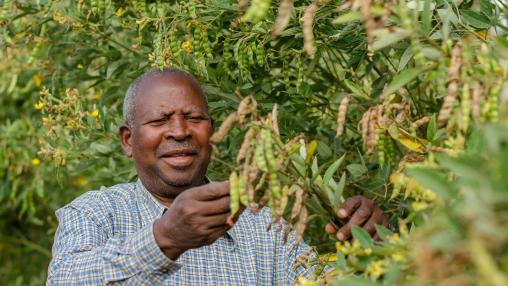
New book released: Moving Malawi beyond subsistence agriculture
Most of Malawi’s 4 million households still rely primarily on rainfed crop production with limited use of agricultural inputs for their food needs. But subsistence farming is failing to meet the dietary requirements of all Malawians: In recent years, several hundred thousand households annually have faced acute food insecurity. Insufficient harvests have resulted from either too little or too much rainfall and from limited use of inputs, while landholdings shrink as the population grows. Yet the country’s policy approach to food security continues to center on subsistence production.
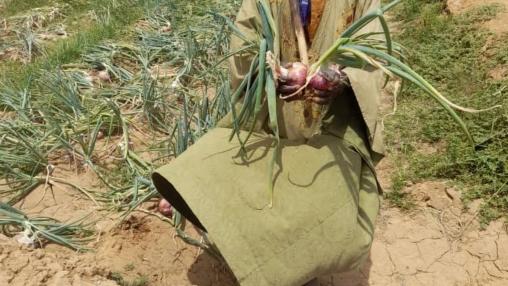
Survey: COVID-19’s varied impacts on fresh fruit and vegetable supply chains in Senegal
In response to the COVID-19 pandemic, Senegal declared a state of emergency on March 23, 2020, followed by a range of policy measures to prevent the spread of the coronavirus: Transport was significantly restricted, wet markets were closed, and shops were required to limit their hours. These moves disrupted food supply chains, in particular those of highly perishable products such as fresh fruits and vegetables (FFV).
Global Report on Food Crises 2021: Building resilience to prevent food crises and conflict
Acute food insecurity continued to rise in 2020, driven by the pandemic shock, ongoing conflicts, and extreme weather. The number of people needing urgent food and livelihood assistance hit a five-year high. The 2021 Global Report on Food Crises (published by the Food Security Information Network for the Global Network Against Food Crises) finds that at least 155 million people experienced acute food insecurity at crisis level or worse — up about 20 million from 2019. Africa is disproportionally affected, with close to 98 million people facing acute food insecurity last year.
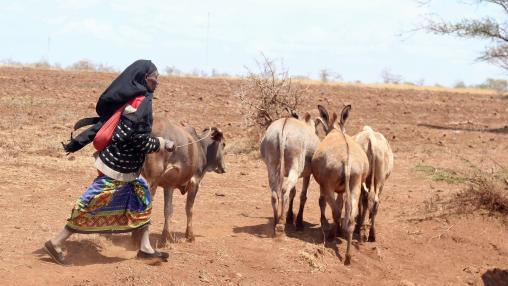
Abnormal Dry Weather and Ongoing Conflict Pose Food Security Challenges throughout Africa
Africa South of the Sahara is currently experiencing several regional challenges to food security, according to FEWS Net. These include two of the most common drivers of increased food insecurity: conflict and weather-related shocks.
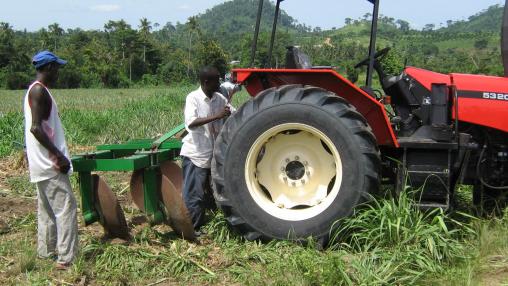
IFPRI book: What Africa can learn from Asia about agricultural mechanization
Agricultural mechanization has many benefits for developing countries: It raises productivity and lowers costs, makes supply chains more efficient, and is more environmentally friendly than traditional farming techniques. Mechanization is key for Africa’s agricultural transformation, which must adapt to the needs of urbanizing populations, increased food demand, and rising rural wages.
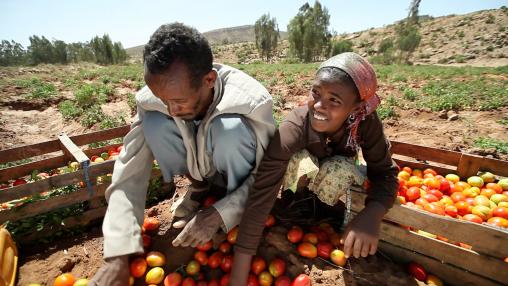
Inside Ethiopia’s agricultural success story
This post originally appeared on IFPRI.org .
By Francesca Edralin
Ethiopia’s rapid economic and agricultural growth over the past two decades is a well-known African success story. In 2000, Ethiopia ranked as the second-poorest country in the world , according to Oxford University’s Global Multidimensional Poverty Index. Then, thanks in large part to sustained investments in the agricultural sector, the economy grew and poverty fell. Ethiopia was the third-fastest growing country in the world from 2000 to 2018 based on GDP per capita, according to World Bank data.

COVID-19 & African agricultural trade and food security
This piece originally appeared on IFPRI.org .
The COVID-19 pandemic has crippled a number of African agricultural exports, while dependency on food imports and lower purchasing power across much of the continent threaten to push millions more into food insecurity and poverty. A Sept. 17 IFPRI policy seminar , organized with the support of USAID, explored the interaction of the pandemic’s macroeconomic and microeconomic effects, and how Africa must grapple with global and regional markets in order to recover economically.
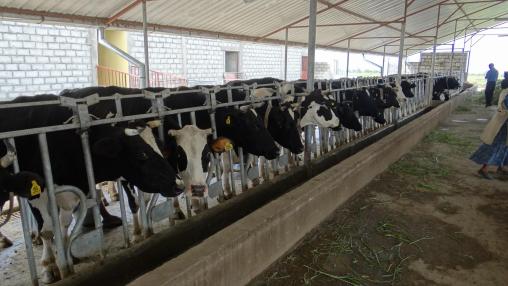
Transforming Ethiopia's Dairy Sector
By Sara Gustafson
Over the last decade, Ethiopia’s dairy sector has expanded rapidly. Urban consumers have significantly increased the amount of money they spend on dairy products, and the number of domestic dairy processing firms has tripled to meet the growing demand. All of these signs point to significant structural transformation, which plays an important role in reducing poverty and increasing welfare in developing countries. However, a new study finds that despite its recent strong growth, Ethiopia’s dairy sector still faces some important hurdles.
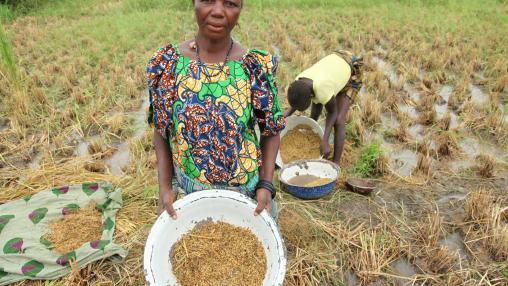
Upgrading Rice Value Chains in West Africa
By: Sara Gustafson
In the wake of the 2008 food price crisis, many policymakers and development practitioners shifted their focus toward enhancing the capacity and resilience of domestic food value chains. In West Africa, this new focus centered on rice. Since rice constitutes a leading staple food source in the region, it was hoped that increased investment in this area would increase domestic rice production and reduce reliance on imports, thus improving food security.
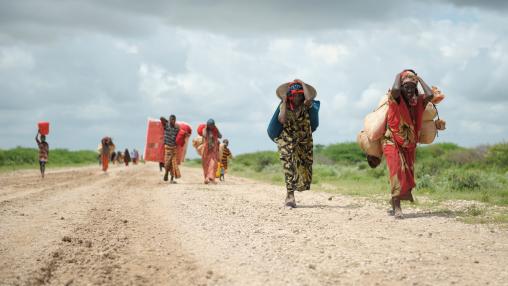
Conflict, weather drive acute hunger
An estimated 73 million people in Africa faced acute levels of hunger and food insecurity in 2019, according to the 2020 Global Report on Food Crises, released this week. The continent accounted for 54 percent of the global total of severely food-insecure people. As the COVID-19 pandemic continues to spread around the world, developing countries in the region will likely see even further disruptions to food access. These disruptions will compound existing food crises and potentially create new ones.